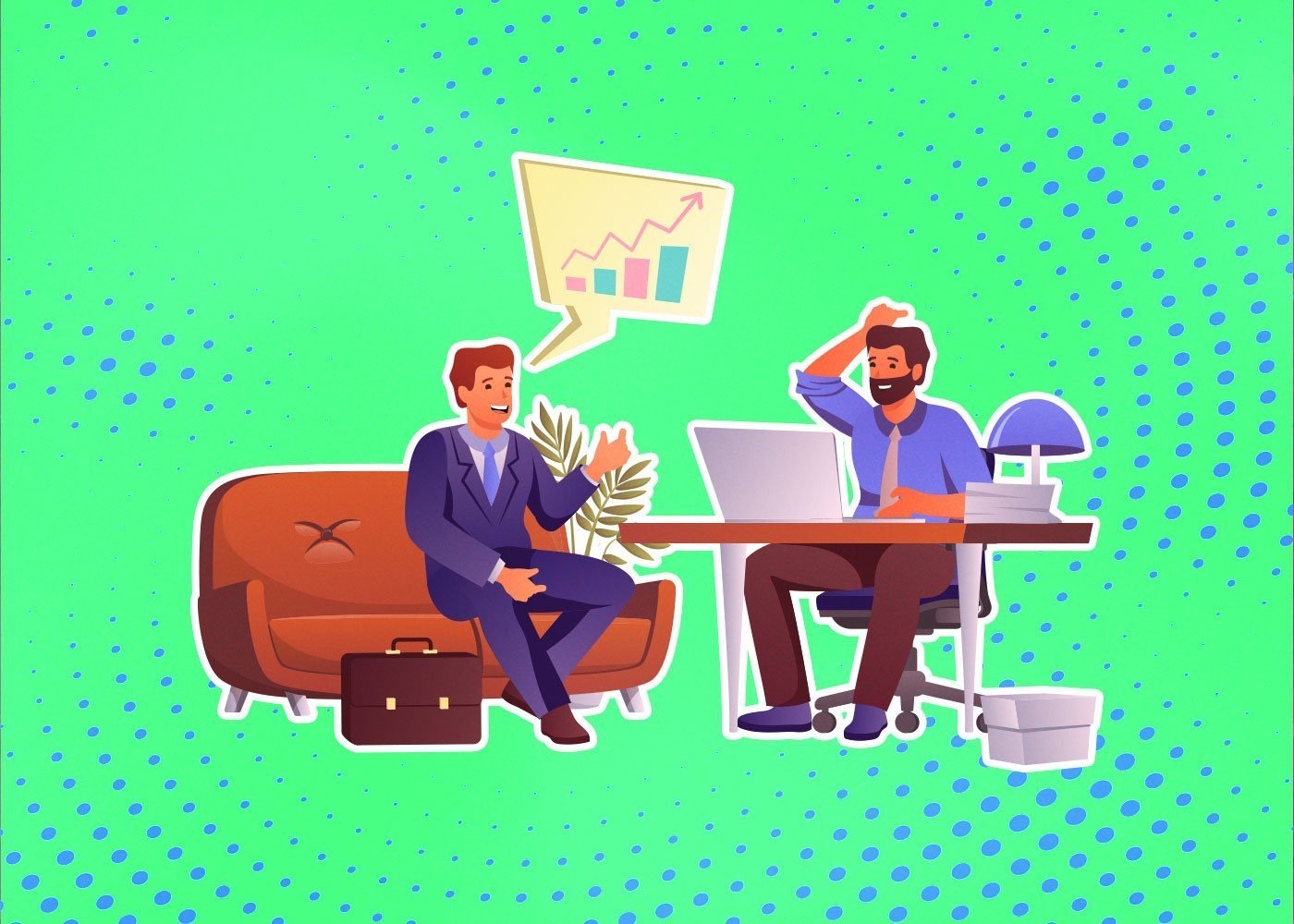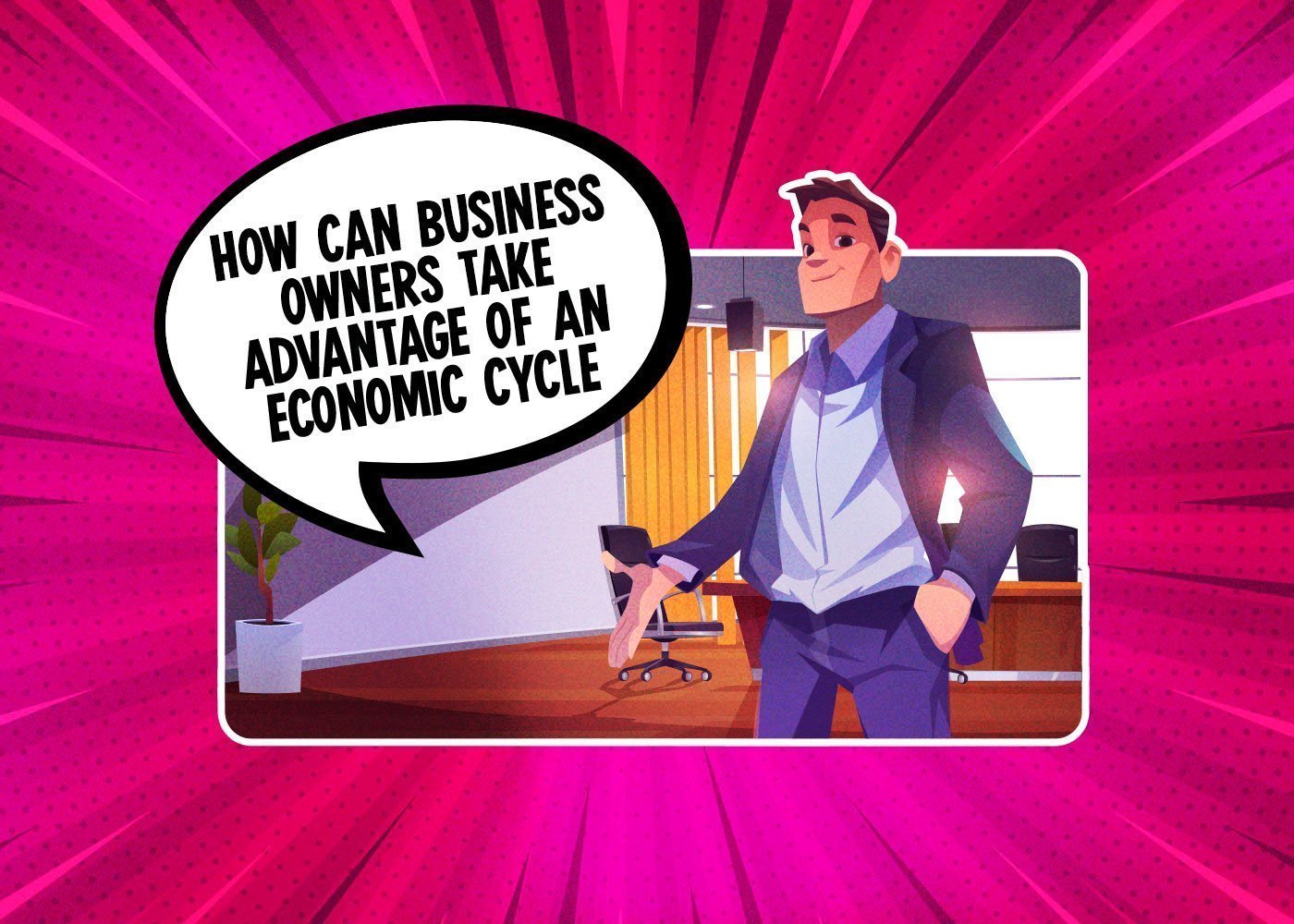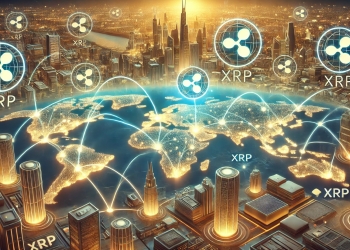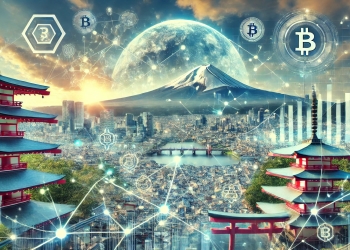The economic cycle is the fluctuation in the economic activity of a country, which is characterized by periods of expansion, contraction, and recession. It is also known as the business cycle, and it has four main phases: trough, expansion, peak, and contraction. The trough phase is the lowest point of the cycle, which typically occurs after a recession, and it is followed by the expansion phase, where the economy starts to grow again. During the peak phase, economic growth reaches its maximum level, and it is followed by the contraction phase, where the economy slows down until it reaches the trough again.
The economic cycle is influenced by various factors, including changes in interest rates, government policies, inflation, and global economic conditions. It is also affected by the behavior of businesses and consumers, as well as innovations and technology. Understanding the economic cycle is essential for businesses and investors to make informed decisions about when to invest, expand, or reduce their activities. It also helps policymakers to manage the economy by using fiscal and monetary policies to stabilize the cycle and reduce the impact of economic shocks. the economic cycle is an important concept that affects the lives of individuals, businesses, and nations, and it is critical to understand its impact on the economy.
What Are Business Cycles And How Do They Affect The Economy?
Business cycles refer to the regular economic fluctuations that occur within an economy characterized by periods of expansion and contraction. These cycles are primarily driven by changes in output, income, and employment levels as well as shifts in consumer and business spending and investment patterns. The length and duration of these cycles can vary from a few years to a few decades, and they can have significant effects on the economy as a whole.
During expansionary periods, economic growth, and prosperity are high, employment rates are strong, and inflation tends to increase. Conversely, during contractionary periods, economic activity slows down, levels of unemployment rise, and prices may decline.
Another distinct feature of business cycles is that they can affect different industries and regions in different ways, leading to a redistribution of resources across sectors and locations.
Government interventions, such as fiscal and monetary policy, can also have a significant impact on the timing and severity of business cycles. Economists and policymakers often use business cycle indicators to track economic performance and make informed decisions about when to implement changes in policy.
In summary, business cycles are a natural part of economic growth and development. Understanding these cycles is critical for policymakers and businesses to prepare for and respond to economic changes and ensure the long-term stability and prosperity of the economy.

What Causes Economic Cycle?
The economic cycle is an inevitable occurrence in any economy. It is a pattern of economic expansion and contraction that happens over time. Several factors contribute to the economic cycle, such as availability and cost of resources, consumer confidence, and economic policies.
In the expansion phase, businesses thrive, and employment rates rise due to increased demand for goods and services. As a result, wages and prices increase, and people have more disposable income, leading to increased spending. This increased spending leads to an overall growth in the economy.
this growth can only last for so long as it eventually leads to inflation, which causes economic contraction. Inflation arises from an increase in demand for goods and services, leading to an increase in production costs, ultimately causing businesses to increase their prices. Higher prices lead to lower demand and decreased economic growth, beginning the contraction phase.
The contraction phase reduces production, causing a decline in employment rates and profits, which leads to decreased wages and even lower consumer spending, starting the expansion phase again.
the economy operates in cycles resulting from a combination of several factors that alternate between growth and decline phases leading to an economic cycle.
What Is The Impact Of The Economic Cycle?
The economic cycle is a natural process that drives the growth and contraction of economies over time. The cycle has four stages: expansion, peak, contraction, and trough. Each stage is characterized by a distinct set of economic conditions that shape the performance of industries, businesses, and consumers.
The impact of the economic cycle is significant and far-reaching. During the expansion stage, economic growth is robust, and businesses thrive. Companies generate high profits, hire new employees, and invest in new projects. As economies reach their peak, growth slows down, and inflationary pressures mount. Businesses become more cautious, reduce investment, and lay off workers.
During the contraction stage, the economy slides into a recession where businesses struggle to survive, unemployment rises, and consumer confidence plummets. Finally, during the trough stage, economies hit the bottom, and businesses start to stabilize, marking the end of the recession.
The impact of the economic cycle varies depending on the nature of the industry or business. Some industries, such as consumer goods, are more resilient during recessions as consumers continue to demand their products. Other businesses, such as luxury goods or travel, are more vulnerable during economic downturns as consumers cut back their spending.
the economic cycle plays a crucial role in shaping the trajectory of businesses and economies. Understanding the different stages and their impact is essential for businesses and policymakers to adapt and thrive in ever-changing economic conditions.








